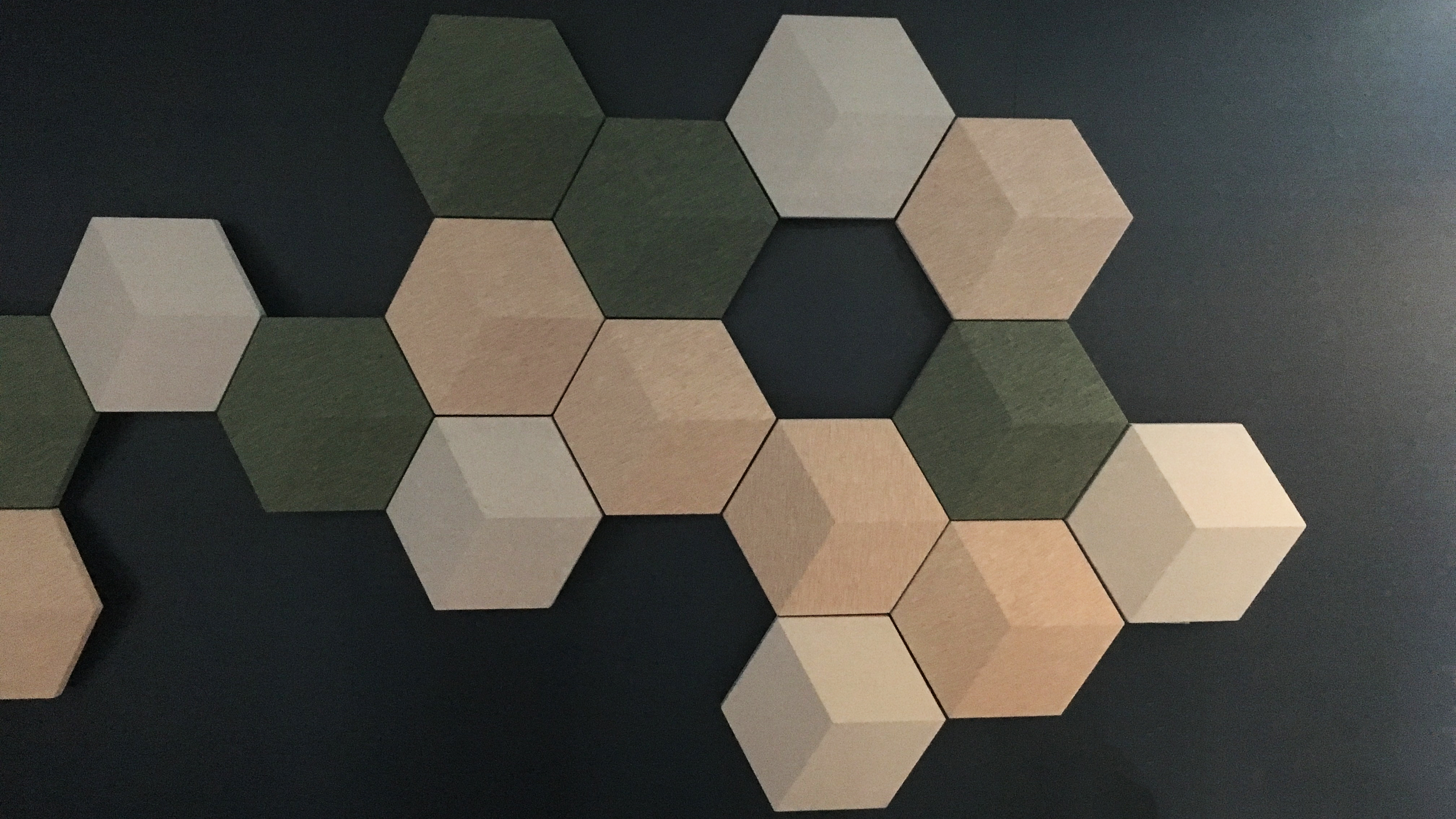Early Verdict
Its wallet-busting price means the BeoSound Shape certainly isn’t for everyone, but if you’re looking for a speaker system that’s as much a decoration for your home as it is a source of music, then the BeoSound Shape looks to be a great way of achieving both without much compromise.
Pros
- +
Phenomenal looks
- +
Surprisingly powerful sound
- +
Versatiles configuration
Cons
- -
Expensive
- -
Installation requires drilling into wall
Why you can trust TechRadar
Every audio brand under the sun likes to claim that their products seamlessly blend form and function, but the BeoSound Shape are quite unlike anything we’ve seen before.
At first glance the sound system looks like an art installation. It’s a cluster of hexagonal tiles, arranged as you see fit to achieve a balance of cost, sound-quality, and wall space that suits your wall, and that acts as a speaker to fill your house with sound.
Stand at one angle and the tiles appear to be simple flat hexagons, but look at them head on and their design forces an optical illusion that makes them look like fully three-dimensional cubes.

A tile for every occasion
Contained within the muted Scandinavian colors are a number of different tile types. You’ve got some hexagons working as speakers, others as amps, cores, sound dampeners and some are completely empty.
You can expand the system up to a maximum of 44 speakers (a configuration that requires 11 amps), but with a basic four speaker setup retailing for £3,400 (around $4,400 or AU$5,900) we suspect only commercial spaces will get anywhere near this size of setup.
Although it contains four speakers, the minimum setup actually contains a total of eight tiles. The speakers themselves - which contain one 13.3cm woofer and 1.9cm tweeter - are joined by one amplifier, one core (housing the setups connectivity ports), one dampener, and one empty tile.
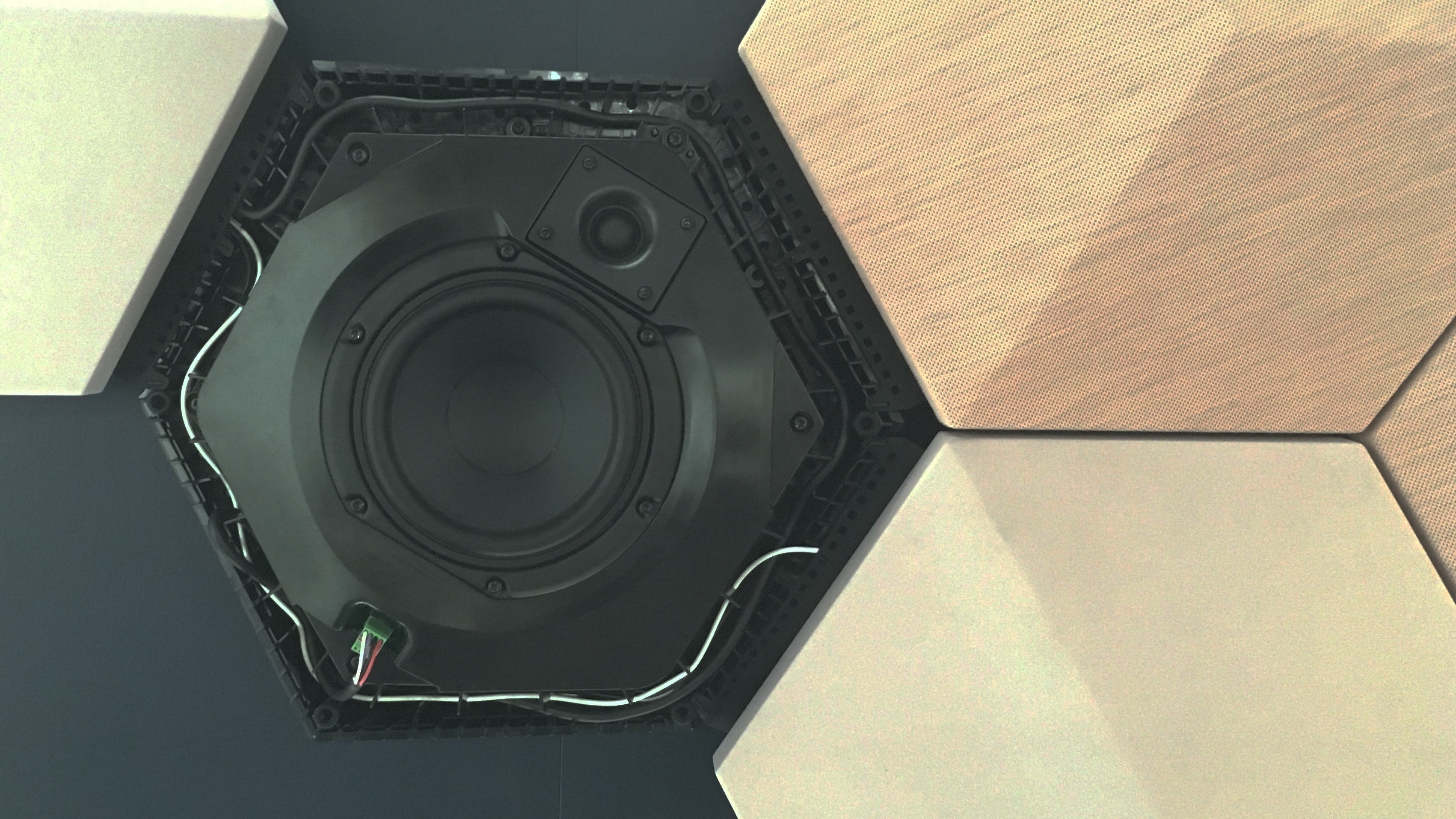
Thankfully the connectivity portion of the speaker - the core - is modular, with the idea being that this can be upgraded in future if new connectivity technologies emerge. As it stands the speaker supports a wide array of connectivity technologies, ranging from wireless technologies such as AirPlay, Google Cast, and Bluetooth, to Optical audio, 3.5mm and Toslink.
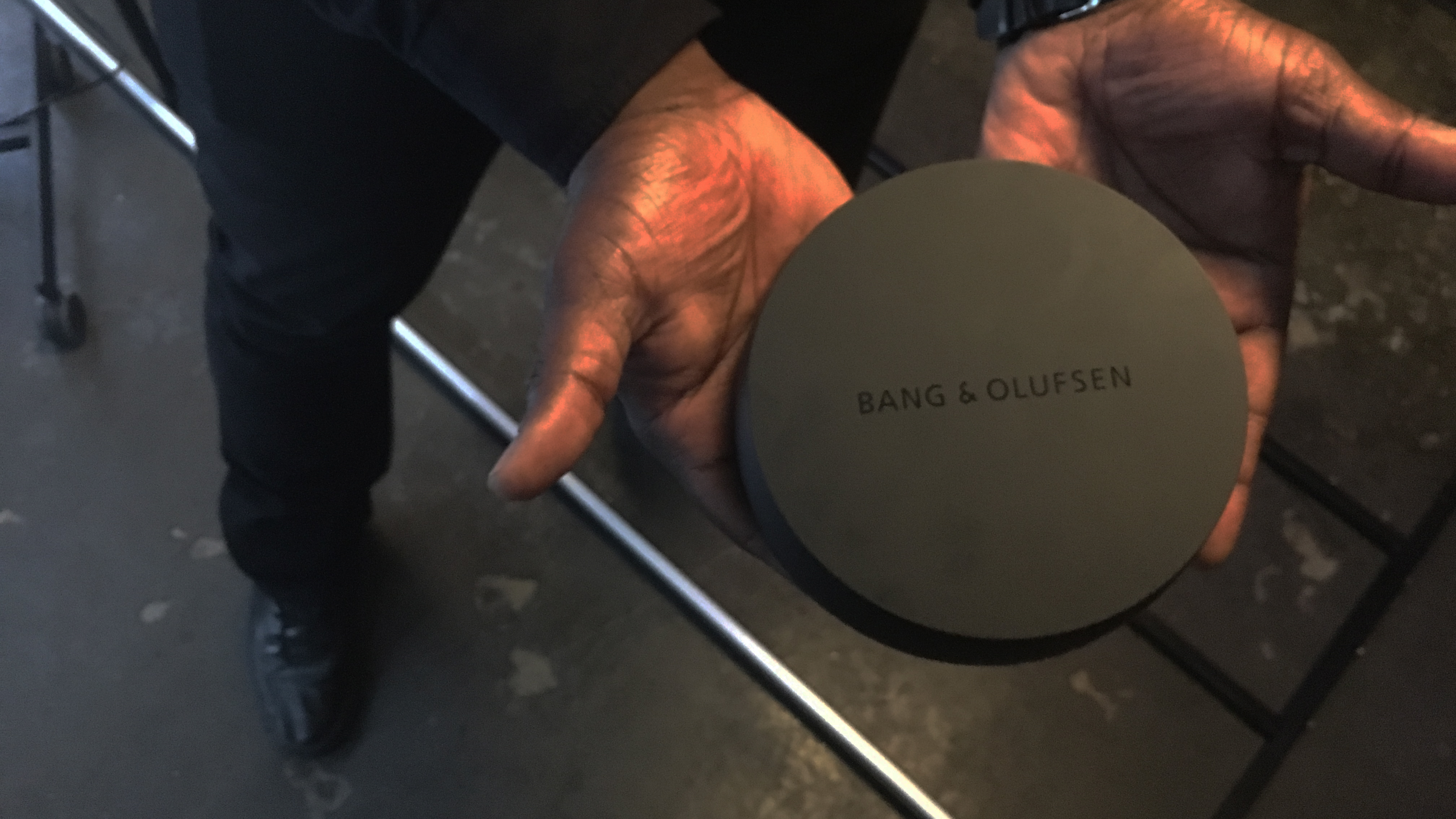
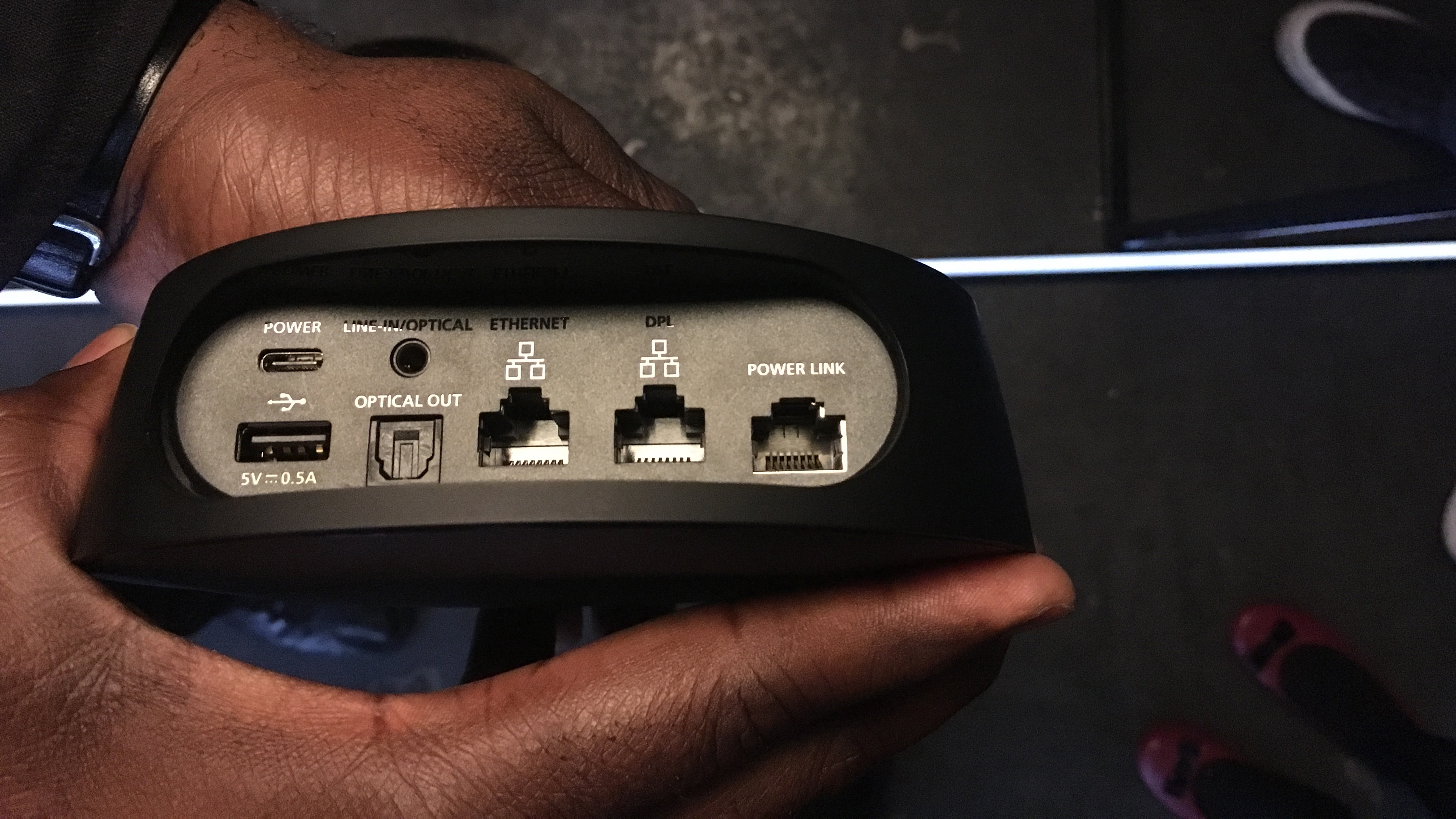
An involved installation process
We like that this upgradable core means that the setup can stick around for a good number of years, because the BeoSound Shape appears to have an involved installation process. After clipping the mounting brackets together you’ll need to screw these into your wall, which you’ll have to ensure is prepared with the correctly drilled holes and raw plugs. At that point, the actual speaker hardware is then screwed onto the mount itself.
Compared to charging up a Bluetooth speaker and pairing it with your phone, the whole process seems incredibly involved. This is a setup you want to install and forget about for a number of years.
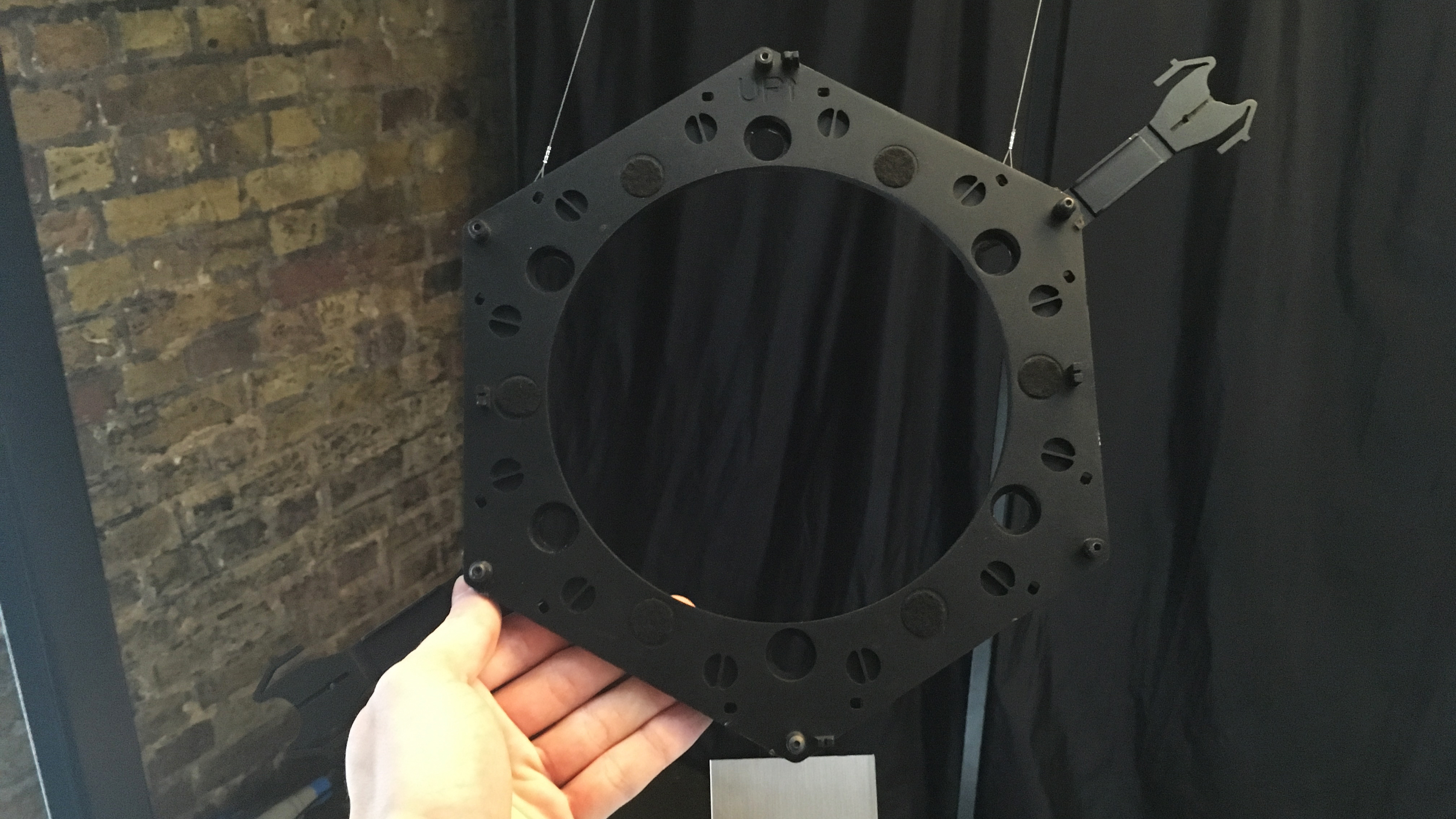
With so many different kinds of tile included in a setup, Bang and Olufson include a program to tell you how to arrange them. You simply drag and drop the layout of tiles you want, and the software tells you which tile should be an amp, which should be a speaker, and so on.
From this, the software then configures the speakers into a stereo configuration based on their relative position within your setup.
Using Bang and Olufsen’s multi-room functionality you can even get the tiles to work without being in direct contact with one another, although each cluster will require its own amp and core, and it wasn’t clear whether two disconnected groups of tiles could be set up to act in stereo. This seems to be functionality meant for hooking up two speakers across separate rooms, rather than working in parallel in the same room.
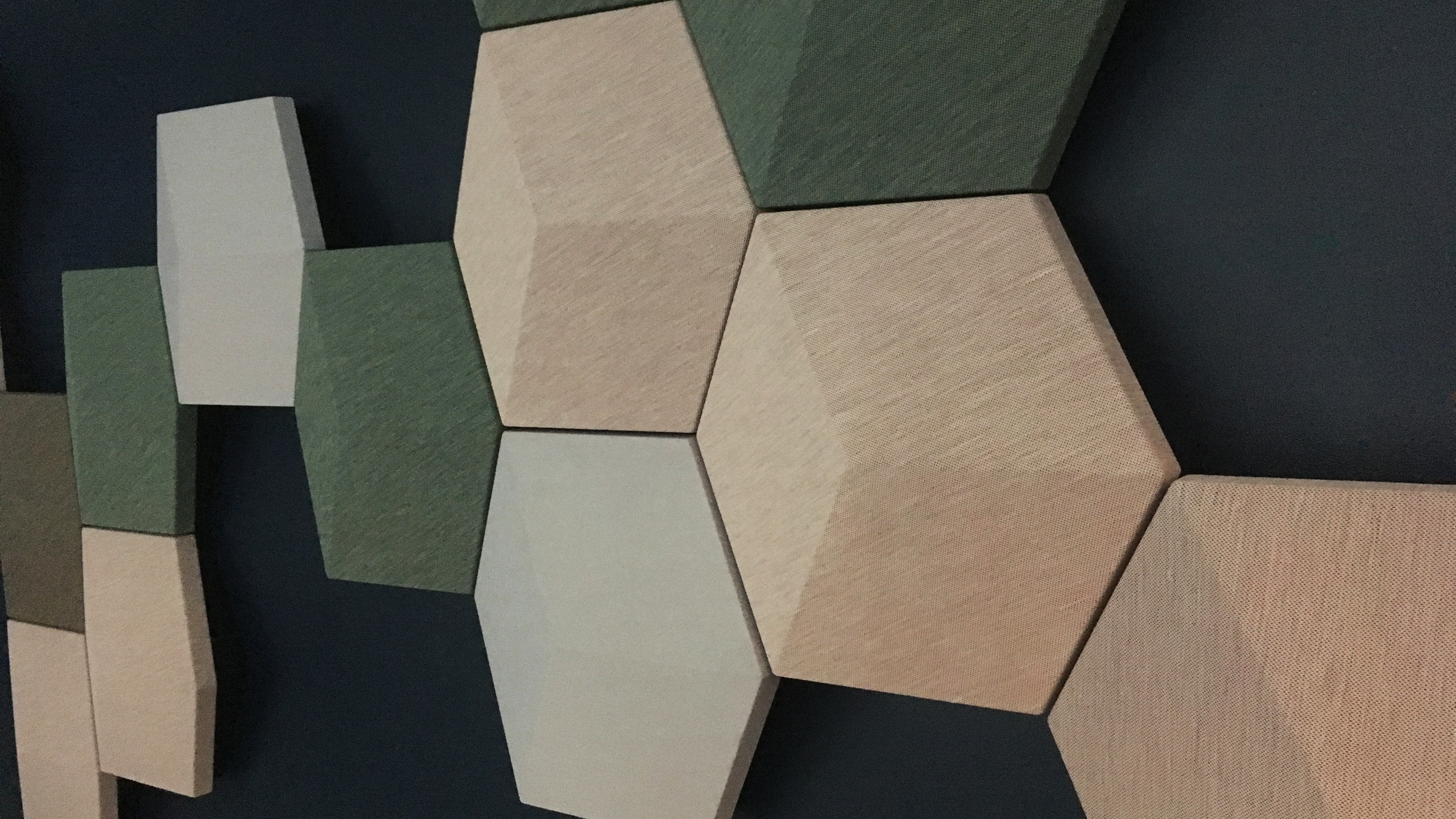
With such an interesting design, it’s almost possible to forget that the BeoSound Shape needs to sound good at the end of the day.
To that end its a fine sounding setup, though for £3,400 we’ve heard much better. Bass is rich and full, sound separation is decent, and trebles - though a little harsh at the high-end - are well-represented in the soundscape.
It's worth noting that we were listening to a setup consisting of around two dozen tiles, and that a smaller setup is likely to have a much less powerful sound.
Nevertheless we were broadly happy with how the BeoSound Shape sounded. Bang and Olufsen seems to have found a good balance between keeping the speakers thin and light, while not having them sound too weak and tinny.
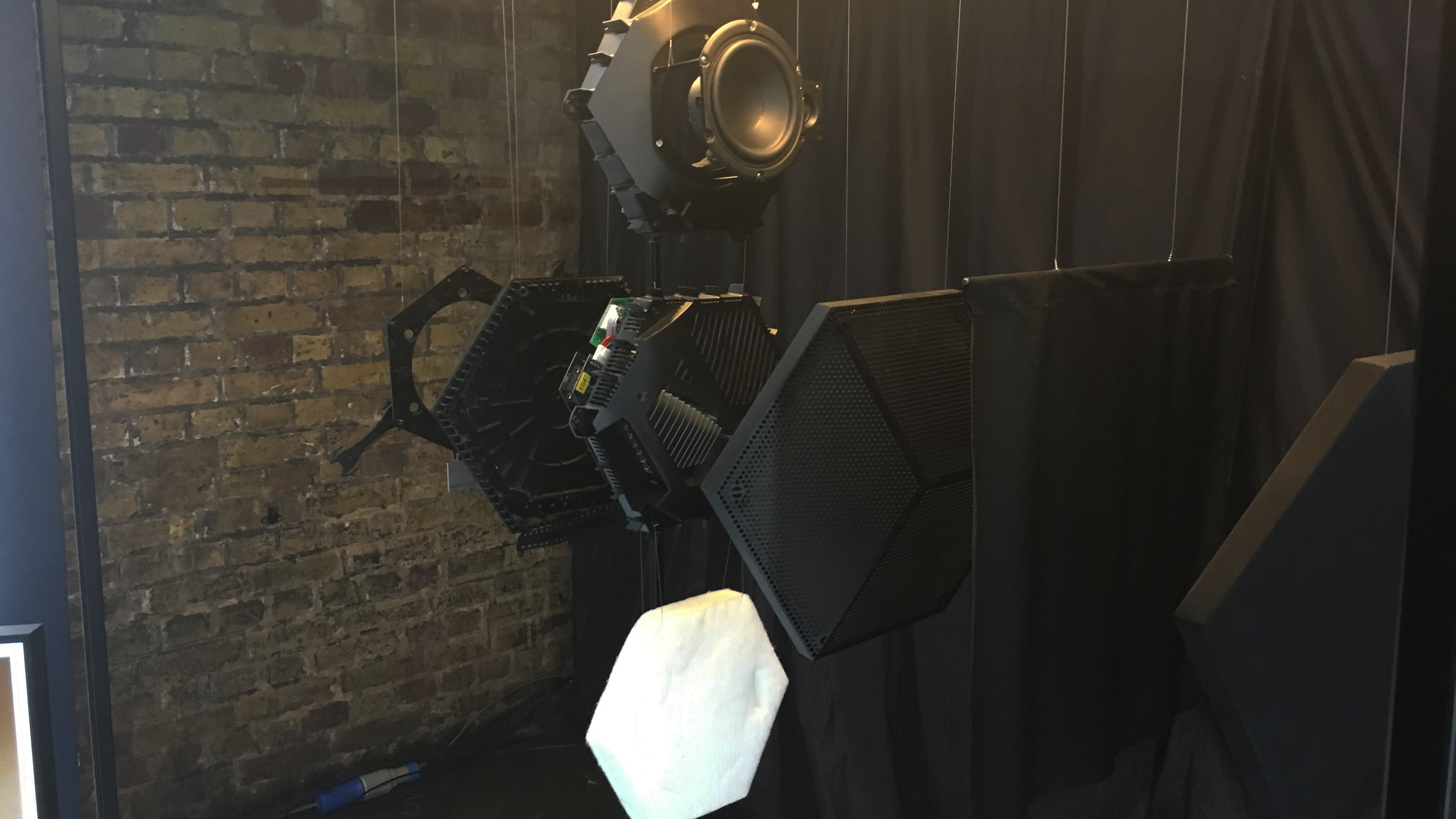
Early verdict
The BeoSound Shape is not a speaker that you’ll buy because you want the best sounding system on the market.
Instead it’s a product that has a price premium to please the style-conscious, or anyone that wants to equip a room with a sound system that’s almost invisible when not in use.
It’s expensive and a big effort to install, but the BeoSound Shape is one of the most unique pieces of audio kit out there, and should look good enough to please even the most style focussed of living partners.
Jon Porter is the ex-Home Technology Writer for TechRadar. He has also previously written for Practical Photoshop, Trusted Reviews, Inside Higher Ed, Al Bawaba, Gizmodo UK, Genetic Literacy Project, Via Satellite, Real Homes and Plant Services Magazine, and you can now find him writing for The Verge.
What is a hands on review?
Hands on reviews' are a journalist's first impressions of a piece of kit based on spending some time with it. It may be just a few moments, or a few hours. The important thing is we have been able to play with it ourselves and can give you some sense of what it's like to use, even if it's only an embryonic view. For more information, see TechRadar's Reviews Guarantee.
